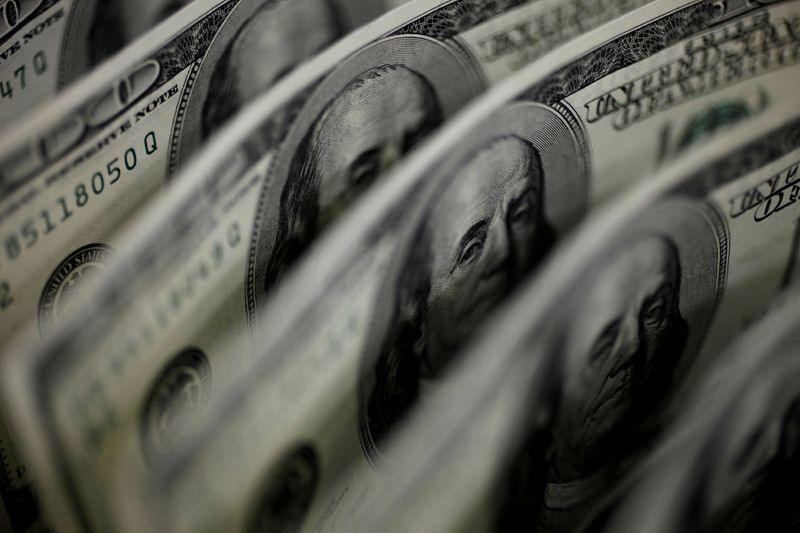By Harry Robertson
LONDON (Reuters) - New trades in the enormous U.S. dollar interest rate swap market have almost entirely stopped using the London Interbank Offered Rate (LIBOR) as the deadline for its demise approaches.
A record 91% of new dollar swaps executed in May used the Secured Overnight Financing Rate (SOFR), the newly accepted U.S. benchmark, as their reference rate.
Just 5% of new swaps used LIBOR, down from 91% two years earlier, according to data from post-trade services provider OSTTRA, which has figures on around 85% of dollar trades.
Investors and companies use interest rate swaps to hedge against risks and to bet on the direction of rates. The Bank for International Settlements estimated that turnover in the U.S. market was about $2 trillion a day in 2022.
LIBOR will cease to exist in the coming months after a years-long push by regulators to move away from a rate that bank traders were caught manipulating. It was once used in pricing everything from derivatives to student loans.
Dollar LIBOR quotes will end on June 30, although regulators have said a "synthetic" rate will continue for a period.
SOFR is calculated by the Federal Reserve and is based on the cost of borrowing cash overnight in U.S. repurchase markets.
It was used as the benchmark rate for 53% of the notional amount of U.S. dollar interest rate swaps traded in May, OSTTRA's data showed.
LIBOR had a 4% share, down from 67% two years earlier, while the Fed funds rate had a 43% share.

The two main derivatives clearing houses, the CME Group (NASDAQ:CME) and LCH, have been converting U.S. dollar LIBOR swaps into cleared SOFR swaps this year, with the process due to finish in July.
Many existing issues across financial markets are still linked to LIBOR, however. In February, around 80% of institutional loans and collateralised debt obligations were still tied to the tarnished rate, according to private equity firm KKR.